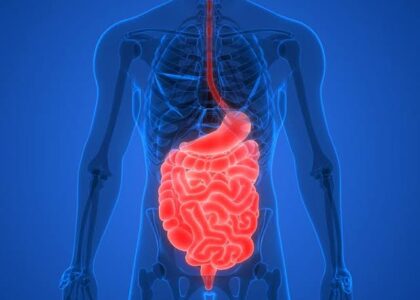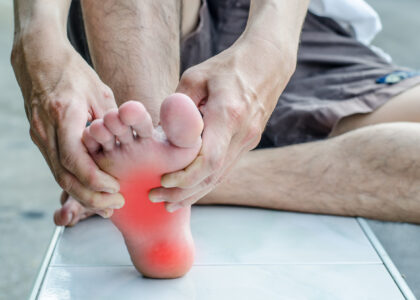Point of care (PoC) is the process by which care givers document a patient’s health status, including their medications, medical conditions, and bedpan use. Its goal is to improve the quality of care reports. To this end, a POC-based system can help facilities monitor their residents. It can also alert staff to any changes in the resident’s condition or health status.
Capture of Critical Resident Data
Using POC technology allows for the capture of critical resident data. The Point of Care has a CNA Notes function, which automatically records CNA notes and associates them with the resident monitored. The POC is an easy and fast way for staff to record ADLs, behaviors, and other vital signs. The POC is a vital tool for long-term care facilities, but it can also be used in home-care settings.
POC-Based System
The POC application is an easy-to-use application that integrates seamlessly with the EHR. Front-line clinical care staff can capture and distribute documentation at the resident’s bedside. It also helps clinicians to identify health issues and manage personnel issues. A POC-based system is ideal for managing care giving in any type of long-term-care facility.
Types of Long-Term Care
With Point of Care, clinicians can capture and store critical resident data. A CNA Notes function helps staff record and associate CNA notes with each resident they monitor. For example, the POC software can automatically write and attach CNA notes to each resident. It’s a convenient tool for clinical staff to access patient records at any time. The benefits of POC extend to all types of long-term care.
Best Possible Care
What is POC? It is a software application that automatically updates a resident’s clinical records every time a nurse sees a patient. It is a useful tool for a nurse, and it is also helpful for residents. With this application, clinicians can track and analyze ADLs of patients without having to manually enter the data. This way, they can ensure that their patients are getting the best possible care.
The POC program is an easy-to-use program that helps staff record critical resident data. It also offers a CNA Notes feature. This function allows CNAs to keep notes for each resident they monitor. For example, when staff are recording skin conditions, they can associate these notes with each patient. The POC will also enable the clinician to create a complete picture of the resident’s overall condition.
Comprehensive Data Collection Tool
The POC software is a comprehensive data collection tool. It allows staff to record ADLs, health conditions, weights, and vitals. It also provides information on how the resident is feeling and how they are reacting to the environment. The CNA will be able to access the information from the POC in the software. If a resident is feeling a little dizzy or has a fever, the CNA will be able to record it on a graphic of the body.
The Point of Care CNA is a highly flexible application that allows the staff to record critical resident data. It is an integrated EHR, which allows authorized personnel to collect and share patient data. It also makes it easy to update the information of all employees. The application can handle all these activities and more. It can be used in any type of long-term care facility or in a home setting.
Time-Saving & Accurate Solution
A POC provides staff with the ability to record critical data about a resident. For example, the system provides a CNA notes function. The system has the ability to assign notes to the different residents. It is a time-saving and accurate solution for long-term care. It is an excellent way to improve the quality of care in long-term care.
Conclusion:
A POC is a patient-centric system that uses an on-the-spot device to record resident care information. It updates the clinical record with information on a resident’s health. The system supports the multilingual language of the residents in a facility. The POC also supports the multilingual nature of the facility. A POCTRN is a great resource here.





